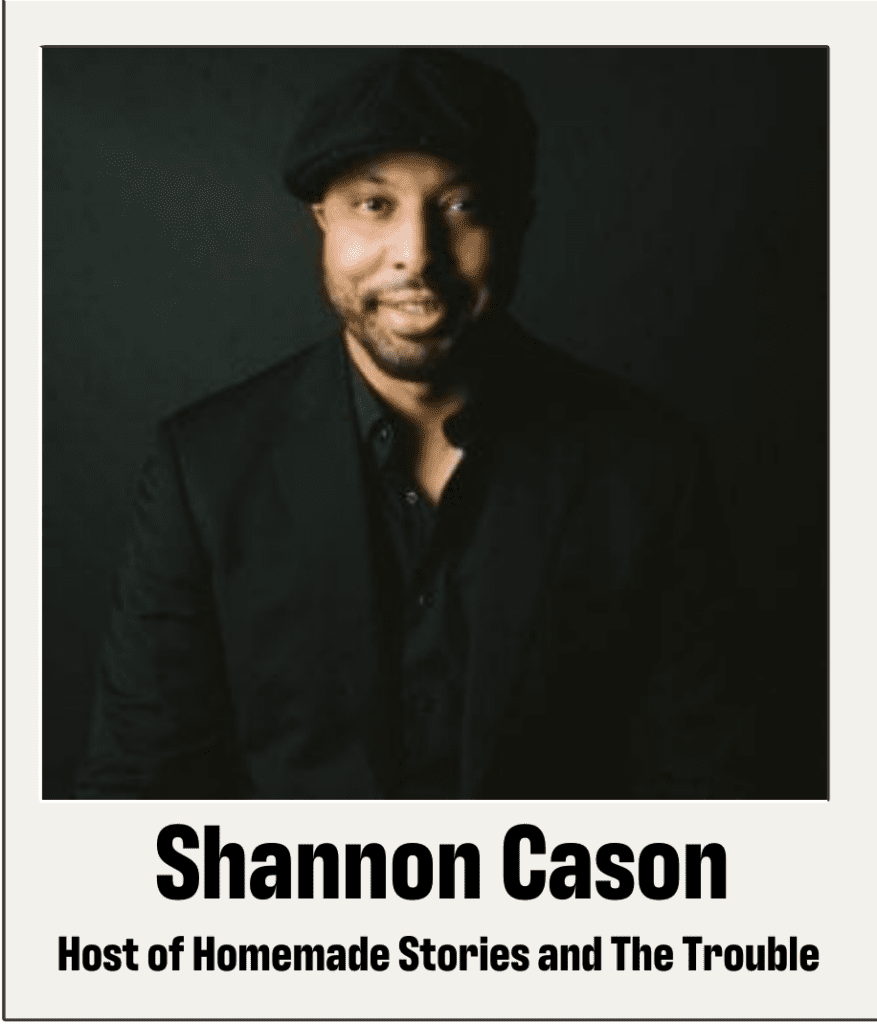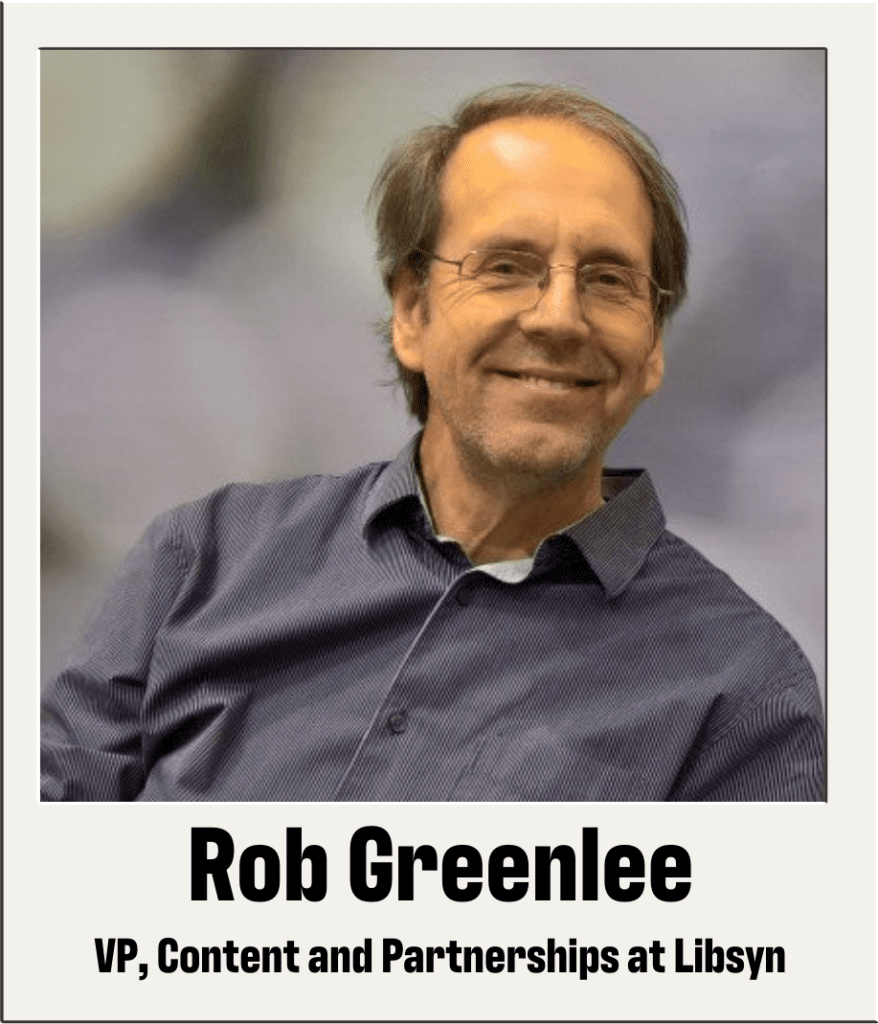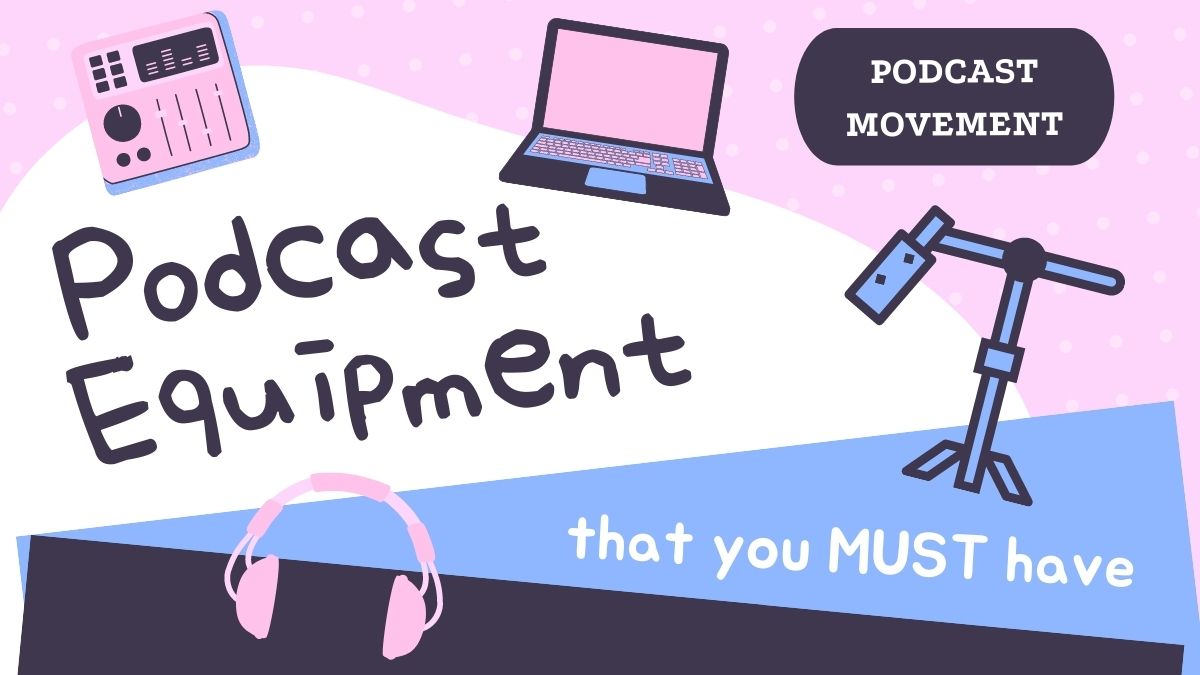While radio broadcasters are routinely critiqued and coached by their program directors in aircheck sessions, podcasters usually don't have the same opportunity to get feedback from professionals. In August, I will once again host the Podcast Makeover session at the Podcast Movement conference in Orlando. In this session, we invite a panel of broadcasting professionals to critique up-and-coming podcasters.
If you would like to have your podcast critiqued by professionals live on stage in Orlando, you can submit it here. In addition, I am now also conducting the Podcast Makeover as a series of blog posts.
Susan Frank hosts the Raising Your Paws podcast. I invited three broadcasting professionals to listen to the first ten minutes of one of her podcast episodes and offer feedback. You can hear the episode here:


Here's what our aircheckers had to say:
What’s Working:
- I loved the bulleted opening. It lets me know what to expect over the course of this episode, even BEFORE the theme intro. And it introduces the host’s voice right at the start. Now I know what’s in store and who I’ll be listening to for the entire podcast.
- There was a short, interesting, informational tidbit right after the theme. That was a great touch. What it did was allow me to get to know the host even more and learn a bit of info about animals that I may not have known. It was cool that this same info related to the expertise of the guest for the show.
- Great interview skills. The host was able to create a conversation with the expert guest instead of a question and answer interview. She inserted her own stories that related to the guest's answers, so I could visualize the message the guest was conveying. Eventually, it even encouraged the guest to share more stories instead of concepts.
Ways to Improve:
- The audio sounds like the gain is too high. The host and the theme voice sound like they are stretching the capabilities of the mics being used. This can easily be corrected by lowering the gain and normalizing the audio in post-production.
- I’m not a big fan of the Announcer Voice Intro. It is the common announcer voice that too many podcasts use for their theme intro. We never know who that person is, the voice is never re-introduced in the show, unless they double down and have the same announcer do the Outro. It’s a trite crossover from radio that needs to end, because it makes a great podcast like Raising Your Paws sound old-fashioned and outdated.

What's Working:
- I love the tease of topics right up front at the beginning of the show. The show also feels very positive and happy, which is important to make the audience feel confident and comfortable.
- It is also great to ask for audience comments very early in the show, but this ask offers very limited options to get feedback from listeners. I visited the website for the show and saw no comments for the last few episodes, which means the show is getting no audience feedback or connection with the program.
- The host is very good at referring to one listener: “Welcome, and I am so glad YOU are here.” She is very knowledgeable about pets, and from the research I did, she has done another show about pets in the past and has worked at a zoo.
Ways to Improve:
- The intro jingle with a male voice has an echo and feels out of place in the program; it would be better to have the host do the intro segment under the jingle, then have her lead in or have another woman do the intro.
- It’s missing a short “qualifications” statement by the host or in the jingle. I also visited the show website and cannot find the name of the show’s host or any information on her. It is important to establish the host’s expertise in the area of animals and pets in the intro.
- This show is missing a potentially powerful segment in the program: It could offer a voicemail phone number and email address for listeners to ask questions. Audience interaction and connection are the lifeblood of a pets show. Instead of asking the audience to suggest topics, ask listeners to ask deeper questions about this week’s topic, or share their own solutions based on their own experiences. The key is, “What does the audience need help with?”

What's Working:
- Listeners have impeccably short attention spans. We have microseconds to engage the audience and grab them. The most work should be put into the first few seconds of anything, as that’s when the audience is determining if this is something interesting to them and if they should stay. Susan did this quite well, as in the first thirty seconds she framed what the podcast was about (critical for first time or occasional users) and hooked me, by both leaving a morsel of goodness unresolved (“the surprising emotions you and your pet share in common”) and asking a question (“How can you tell if your cat is anxious?”).
- As a pet owner/lover, I wanna know what emotions I share with my Tucker, Zoey, and Willow, so I am inclined to hang out and listen. I was all-in when she did this, as I wanted to learn and have resolution to the interesting questions she proposed. She did this a lot, so I felt like she was talking directly to me.
- She referenced a dog in the first few minutes by the name of “Rosie.” I liked that she did this as it made it real. I would have wanted to know more about Rosie, though — who is Rosie, what kind of dog is she, and, most importantly, is she Susan’s dog? I liked that she personalized it, but did want more so I could have bought in more deeply.
- One-person podcasts are tough because it’s easy to sound like they're reading things or making it up as they go along. Susan sounded very prepared with what she wanted to communicate, but never sounded scripted or staid. There is this tension sometimes in long-form talk programming over monologues versus dialogues. Where monologues can get boring, dialogues (conversations) go a long way to making the listener feel comfortable. This felt comfortable.
Ways to Improve:
- I think you best communicate information and hook an audience by telling stories. We are hard wired as humans to connect with others, and do that best by hearing and telling stories. Stories communicate a lot about ourselves: our values, our humanity, our sense of humor and interest in the world, and give us deep connection points with other people. That applies to this intimate form of communicating, too. I found that missing in most of what I heard — especially at the beginning.
- Might Susan’s info about dogs, their hackles, and their body language have been better communicated had she told it through a story of a time she was out with Rosie? Doing this might have allowed her to have seen many things and been able to paint a picture of what she experienced, to make things come alive, before sharing her observations. What is a great song if not a story? Same for any TV show or movie we love that resonates and makes us feel something — they are all wrapped around a story (or stories). I wanted stories around what she was teaching me about my pets to heighten the good and interesting info she was sharing.
- I liked the introductory music after she set the table in the first 30 seconds, then the music “stinger” used at 4:37 to separate her initial opening and introduction of the guest. One of the things that draws me to the New York Times podcast The Daily is its great use of audio. Were there opportunities for a little more, without becoming overproduced, just to keep me aurally engaged?
- She noted who her guest was at 5:07, but then continued to talk by setting his credentials and selling his book before he ever said anything for an additional 1:12. Then, he said very little before she continued talking for 38 more seconds. Between when she introduced him and when he first substantively added to the podcast, almost two minutes passed. This is a lifetime in the mind of a listener. I’d have established him in one or two sentences, then immediately asked him a question to establish his voice and draw him out.
- When engaging a guest, I am always listening out to hear who talks more, the guest or the host. In this instance, it was the host – make the guest the star, because they have an expertise and can communicate different info and tell other stories than you can. At 9:01, after he'd talked some, instead of asking another question, Susan talked about herself for an additional 1:20 before turning back to the guest.
- In these instances, short responses then another question grabs the listeners more efficiently, even if you’re talking about an experience you had that turns into a question for the guest. Tightening this up would have improved the pace and left room for more relevant conversation.






Join the Movement